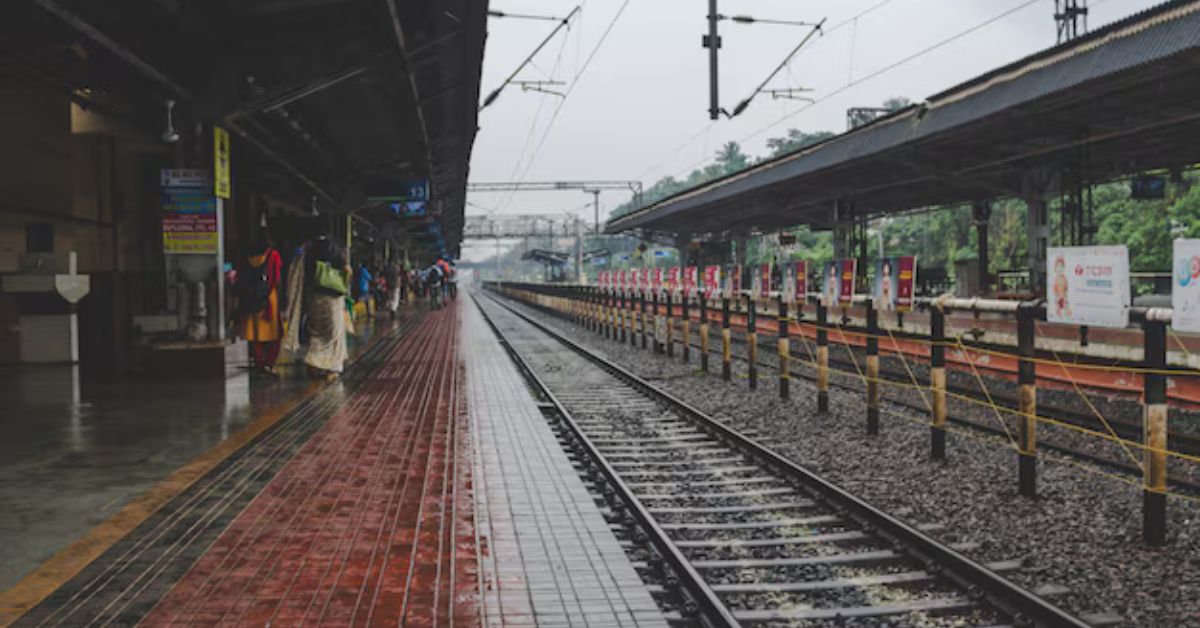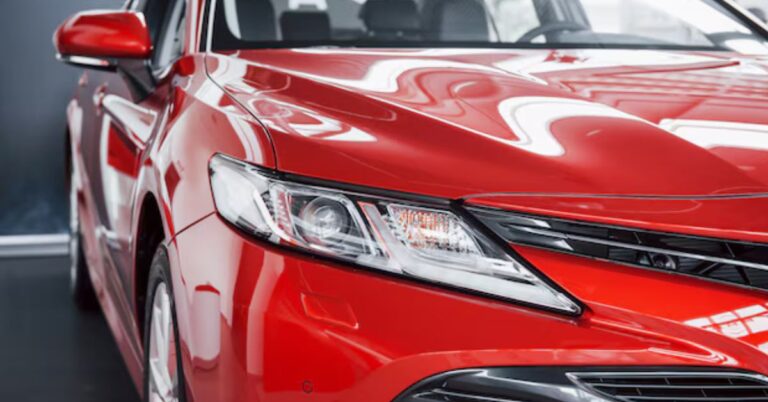The DP/N D827R Rail: A Key Component in Modern Railway Infrastructure
Railway systems are integral to the transportation network of many countries, enabling the swift and efficient movement of both passengers and freight. The design and quality of railway tracks play a significant role in ensuring the smooth and safe operation of trains. One of the essential elements in modern railway infrastructure is the rail itself, and the DP/N D827R rail is a critical part of the tracks that support high-speed and heavy-duty operations.
What is the DP/N D827R Rail?
The DP/N D827R rail is a specific type of rail used in railway construction. The term “DP/N” generally refers to the part number or catalog number, while “D827R” designates the specific model or grade of the rail. This rail is commonly used for high-demand applications where strength, durability, and resilience are required. It is designed to meet the demands of modern rail systems, particularly those that handle both high-speed passenger trains and heavy freight loads.
The DP/N D827R rail has been meticulously engineered to provide optimal performance under heavy traffic conditions, whether for fast-moving trains or for freight transport. Its robust design makes it ideal for long-lasting use, minimizing the need for frequent replacements and ensuring the smooth operation of the trains.
The Role of Rails in Railway Infrastructure
Before delving into the specific benefits of the DP/N D827R rail, it is important to understand the role rails play in railway infrastructure. Railway tracks form the backbone of any rail system, supporting the movement of trains. These rails must be capable of withstanding the immense weight and forces exerted by the trains, as well as being resistant to wear, corrosion, and environmental factors.
Modern railway systems rely on high-quality steel rails that are designed to handle the stress of both heavy freight loads and high-speed trains. As trains travel, their wheels create friction and force on the rail surface. This pressure can cause wear and tear over time, leading to damage. Therefore, the steel used in the rails must be strong, durable, and resistant to damage from both physical and environmental factors.
The DP/N D827R rail fits into this category as it is specially designed to meet the stringent requirements of modern railway systems.
Material Composition and Construction of the DP/N D827R Rail
The DP/N D827R rail is made from a high-grade steel alloy that has undergone specialized treatments to enhance its strength and resilience. These treatments include heat processes such as hardening and tempering, which increase the hardness and flexibility of the rail. This enables the rail to withstand the mechanical stresses imposed by the wheels of the trains as they travel over it.
The quality of the steel used in the DP/N D827R rail is crucial in ensuring its long-term performance. High-quality steel helps to reduce the likelihood of cracks, deformations, and other forms of damage. Furthermore, the rail is designed to withstand wear caused by the constant friction between the train wheels and the rail surface. Over time, this friction can cause material degradation, which may lead to surface damage. The DP/N D827R rail is engineered to minimize these effects, extending its service life.
Another key aspect of the rail’s design is its resistance to corrosion. In many parts of the world, especially in coastal regions or areas with harsh weather conditions, rails are exposed to moisture, salt, and other corrosive elements. This can cause the rails to deteriorate more quickly. The DP/N D827R rail is made from corrosion-resistant alloys and may also be coated with protective layers to further reduce the impact of environmental factors on its longevity.
Key Benefits of the DP/N D827R Rail
The DP/N D827R rail offers several advantages that make it a preferred choice for modern railway systems. One of the most notable benefits is its durability. In high-demand rail systems, where trains pass over the tracks constantly, rails can experience significant wear and tear. The DP/N D827R rail’s robust construction helps it resist this wear, allowing it to stay in service for longer periods before needing to be replaced or maintained.
Another key advantage is the rail’s ability to support high-speed trains. Modern rail networks often feature trains that travel at speeds well over 200 km/h (124 mph), placing significant stress on the rails. The DP/N D827R rail has been specifically designed to accommodate the forces created by these high-speed trains, ensuring safe and smooth operation.
In addition to supporting high-speed trains, the DP/N D827R rail is also capable of handling heavy freight traffic. Freight rail networks frequently carry heavy cargo over long distances, and the rails must be able to bear these loads without becoming deformed or damaged. The DP/N D827R rail is built to withstand the pressure of these heavy loads, making it ideal for freight applications.
Furthermore, the durability and wear resistance of the DP/N D827R rail also make it a cost-effective solution. While it may have a higher initial cost compared to standard rail products, the extended lifespan and reduced need for maintenance help railway operators save money over time. Fewer repairs and replacements are required, leading to long-term cost savings.
Applications of the DP/N D827R Rail in Rail Networks
The DP/N D827R rail is used across various types of railway networks around the world. High-speed rail systems, in particular, make extensive use of this type of rail. Countries like Japan, France, and Germany, which boast some of the world’s most advanced high-speed rail networks, rely on rails that can withstand the high forces associated with fast-moving trains. The DP/N D827R rail’s ability to handle the stresses of high-speed travel ensures that passengers experience smooth and safe journeys.
In addition to passenger rail networks, the DP/N D827R rail is also used in freight rail systems. Freight trains, which transport goods such as raw materials, manufactured products, and bulk cargo, require a rail that can handle heavy loads. The DP/N D827R rail’s strength and resistance to wear make it an ideal choice for freight operations, where the rails must endure the stress of carrying large amounts of weight over long distances.
The rail’s corrosion-resistant properties also make it suitable for use in regions with challenging environmental conditions. Coastal areas, where salt from seawater can corrode traditional steel rails, benefit from the DP/N D827R’s resistance to corrosion. This helps extend the rail’s lifespan and reduces the need for frequent maintenance or replacements.
Future Trends and Innovations in Rail Technology
The railway industry continues to innovate in order to meet the growing demands of transportation, with an emphasis on safety, sustainability, and efficiency. As technologies evolve, so too will the materials used in railway construction, including rail types like the DP/N D827R.
In the coming years, there will likely be further improvements in rail technology, with a focus on using lighter, stronger materials that can withstand even greater forces. Advances in materials science may lead to the development of composite alloys or other novel substances that offer superior performance while reducing environmental impact.
Smart technologies, including sensors and digital monitoring systems, are also being integrated into railway infrastructure. These technologies enable operators to track the condition of rails in real time, detecting potential issues before they become serious problems. Such monitoring systems can help improve the efficiency and safety of rail networks, ensuring that rails like the DP/N D827R continue to perform at optimal levels throughout their lifespan.
Conclusion
The DP/N D827R rail plays a crucial role in the modern railway infrastructure, providing the strength, durability, and resistance to wear and corrosion that high-speed and freight rail systems demand. Its robust construction and ability to withstand harsh environmental conditions make it a reliable and cost-effective solution for railway operators worldwide. As rail technology continues to evolve, the DP/N D827R rail will remain an essential component in ensuring the safety, efficiency, and longevity of rail networks around the world. Whether for high-speed passenger services or heavy freight transportation, the DP/N D827R rail is built to meet the needs of the future.







